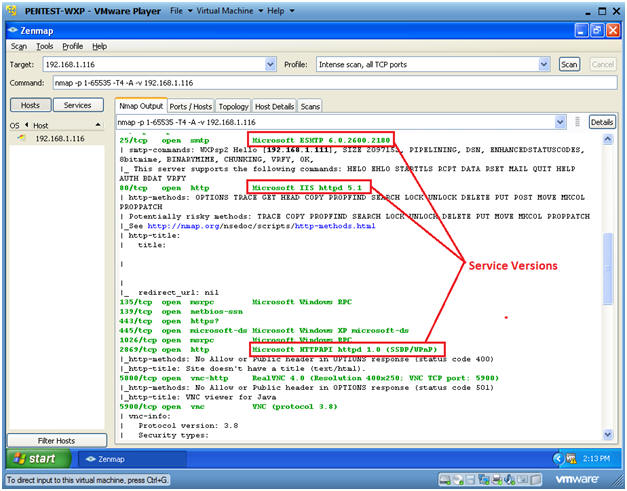
A few things to know about block at first sightīlock at first sight can block non-portable executable files (such as JS, VBS, or macros) and executable files, running the latest Defender antimalware platform on Windows or Windows Server.īlock at first sight only uses the cloud protection backend for executable files and non-portable executable files that are downloaded from the Internet, or that originate from the Internet zone.

To learn more, see (Blog) Get to know the advanced technologies at the core of Microsoft Defender for Endpoint next-generation protection. Microsoft Defender Antivirus uses multiple detection and prevention technologies to deliver accurate, intelligent, and real-time protection. The cloud backend applies heuristics, machine learning, and automated analysis of the file to determine whether the files are malicious or not a threat. When Microsoft Defender Antivirus encounters a suspicious but undetected file, it queries our cloud protection backend. In most enterprise organizations, the settings needed to enable block at first sight are configured with Microsoft Defender Antivirus deployments.


What is "block at first sight"?īlock at first sight is a threat protection feature of next-generation protection that detects new malware and blocks it within seconds. If you are not an enteprise admin or IT Pro but you have questions about block at first sight, see the Not an enterprise admin or IT Pro? section. This article is intended for enterprise admins and IT Pros who manage security settings for organizations.


 0 kommentar(er)
0 kommentar(er)
